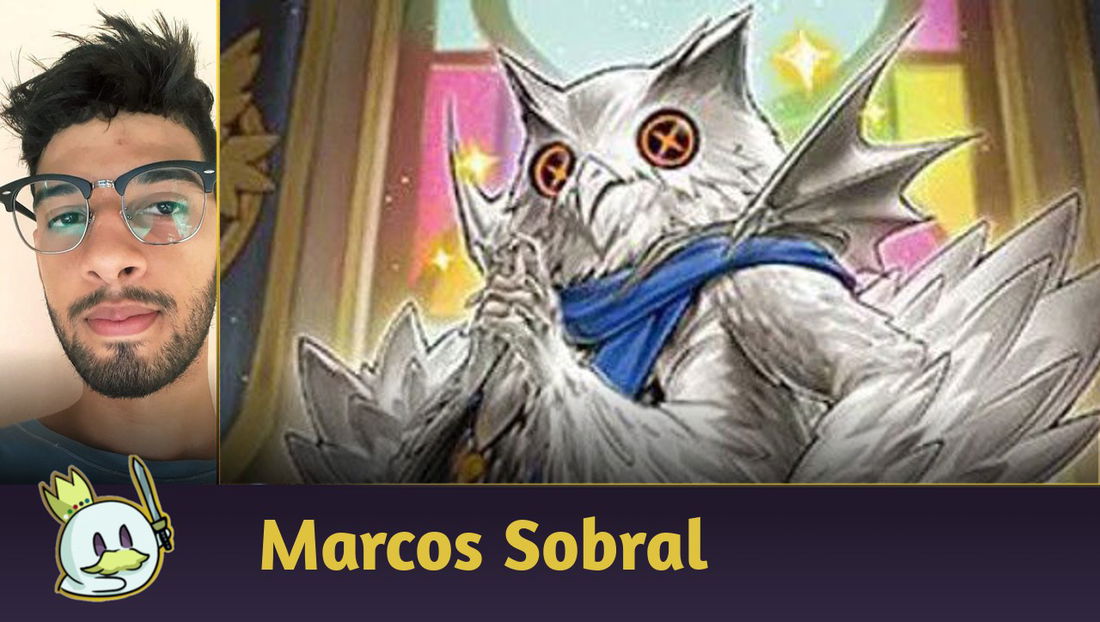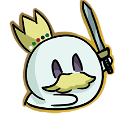Introduction
Throughout the 25 years of Yu-Gi-Oh! TCG, many decks went down in history and became true references in the game. Either because of how relevant they were competitively, how popular they were, or even because of the part they played in the history of the game.
From dominant strategies that defined entire formats, to fan favorites, let's remember a few of the most iconic decks in the history of Yu-Gi-Oh! TCG.
Let's see them!
The Most Iconic Decks In the History of Yu-Gi-Oh! TCG
Summoned Skull Beatdown
In 2002, when Yu-Gi-Oh! TCG was just starting, the first deck to stand out was Summoned Skull Beatdown, which simply focused on destroying the opponent's LP as fast as possible with high ATK monsters.
This deck's boss monster was Summoned Skull. Besides having 2500 ATK, you only needed 1 tribute to summon it, which means it was easier to summon than other cards at the time, like Dark Magician and Blue-Eyes White Dragon, which need 2 tributes.
Yata Lock
After the "beatdown era", the Yu-Gi-Oh! TCG competitive scene returned to a strategy known as "hand control". This strategy focused on creating card advantage while you remove cards from the opponent's hand.
And so, in 2003, combo decks started standing out, and the most feared among them was Yata Lock. This deck focused on attacking the opponent's LP directly with Yata-Garasu while they had no cards in hand. This way, they wouldn't be able to draw cards in their next drawing phase, and you could keep attacking them again and again until the duel was over.
To make this strategy work, you needed three powerful spells to clear the enemy hand: Delinquent Duo, The Forceful Sentry, and Confiscation.
Tele-Dad
Tele-Dad was a powerful deck in mid-2008. It focused mainly on Dark Armed Dragon, which, besides having a lot of ATK, could easily deal with the cards on the enemy board by destroying them with its effect.
Furthermore, this deck also played the powerful Emergency Teleport, which could access the best Tuner monster at the time, Krebons. Krebons was, in turn, essential to access Synchro monsters, which had just been released.
Blackwing
After the "Dad era", the Yu-Gi-Oh! TCG competitive scene started focusing on Synchro monsters, and they became the stars of the main decks. Furthermore, many decks at the time were "closed strategies", so they didn't use just a variety of great, generic cards.
Blackwing was one of the decks that most stood out at the time. Unlike the others, it was incredibly consistent. It also spammed monsters on the board so you could access the powerful Synchro monsters of the archetype.
Dragon Ruler
Dragon Ruler was a tier-0 deck in its time, so it was the best deck in the game, and the second-best deck in the game never came close to it. This deck played Dragon monsters with the 4 main elemental attributes. With this deck, you'd discard 1 Dragon Ruler and another monster with the same attribute to activate their effects, and also banish Dragon monsters or monsters with the same attribute to summon them from the graveyard.
This was a strong, consistent engine, but this deck didn't just rely on Dragon Rules themselves. Its main weapon was in the extra deck: rank 7 xyz monsters and Synchro 8 monsters, which you could easily access.
The most important xyz monsters in the deck were Mecha Phantom Beast Dracossack and Number 11: Big Eye, which are strong even now.
Performapal Performage
Known as "Pepe" by the community, Performapal Performage was incredibly popular in 2016. This deck was considered the definitive Pendulum strategy, as it combined the two best archetypes with this mechanic.
Cards like Performapal Guitartle and Performapal Monkeyboard made this deck incredibly consistent. Furthermore, it also played Cyber Dragon Infinity as its boss monster.
Because of how powerful this deck was, KONAMI released an emergency banlist in February 2016 that affected the main cards in this deck. Despite this, a few variants still saw play in the meta.
Zoodiac
In 2017, Zoodiac was released in Yu-Gi-Oh! TCG and completely stole the spotlight. It was a very versatile list that sprouted multiple variants with other archetypes, but its pure version was also quite strong.
This deck included an excellent 1-card combo engine, and could play around the xyz mechanic by using just one monster as material to access the extra deck. Another advantage was all the space you had to add tech cards, which made it incredibly difficult to face.
Spyral
Spyral was the first tier-0 list after link monsters came out, and, despite short-lived, was quite striking at the end of 2017. It became extremely popular after SPYRAL Double Helix was released as support, as this made it a lot more powerful.
It stood out for how consistent it was, its large board presence, and how it interacted with enemy cards. Furthermore, its combo used SPYRAL Quik-Fix and SPYRAL Master Plan. You'd loop them to make even stronger boards.
Exodia
This Exodia is the version Jeffrey Leonard played at the YCS Indianapolis 2023, and is different from what we can call the "classic" version of the deck. It is also different from the current version, Exodia Millennium.
This deck was popular when the format was focusing on boardbreakers. You'd combine the five parts of the "Forbidden one" to win automatically. However, unlike other decks that did the same, this list didn't play generic card draw, but rather an insane combo that made the entire strategy very consistent.
The biggest stars in this deck were Isolde, Two Tales of the Noble Knights and Blue Dragon Summoner, which were already essential to get all the parts to build Exodia.
Tearlaments Ishizu
Tearlaments Ishizu was a mill deck that dominated Yu-Gi-Oh! TCG in is peak, and is considered by many great players the best deck in the history of the game. Tearlaments was extremely interactive and, even when you went second, you could start the combos on your opponent's turn.
Furthermore, "mill" Ishizu lists could send to the graveyard not only their cards, but also the cards on the top of the opponent's deck. And, if you sent dangerous enemy cards as well, you could return them to the deck with Ishizu "shufflers". Because of this and how this deck spammed monsters on the board, it was quite oppressive and dominant.
Final Words
Do you agree with our picks? Tell us your thoughts in our comment section below.
To learn more about the Yu-Gi-Oh! TCG universe, keep browsing our articles. See you next time!














— 评论 0
, 反应 1
成为第一个发表评论的人